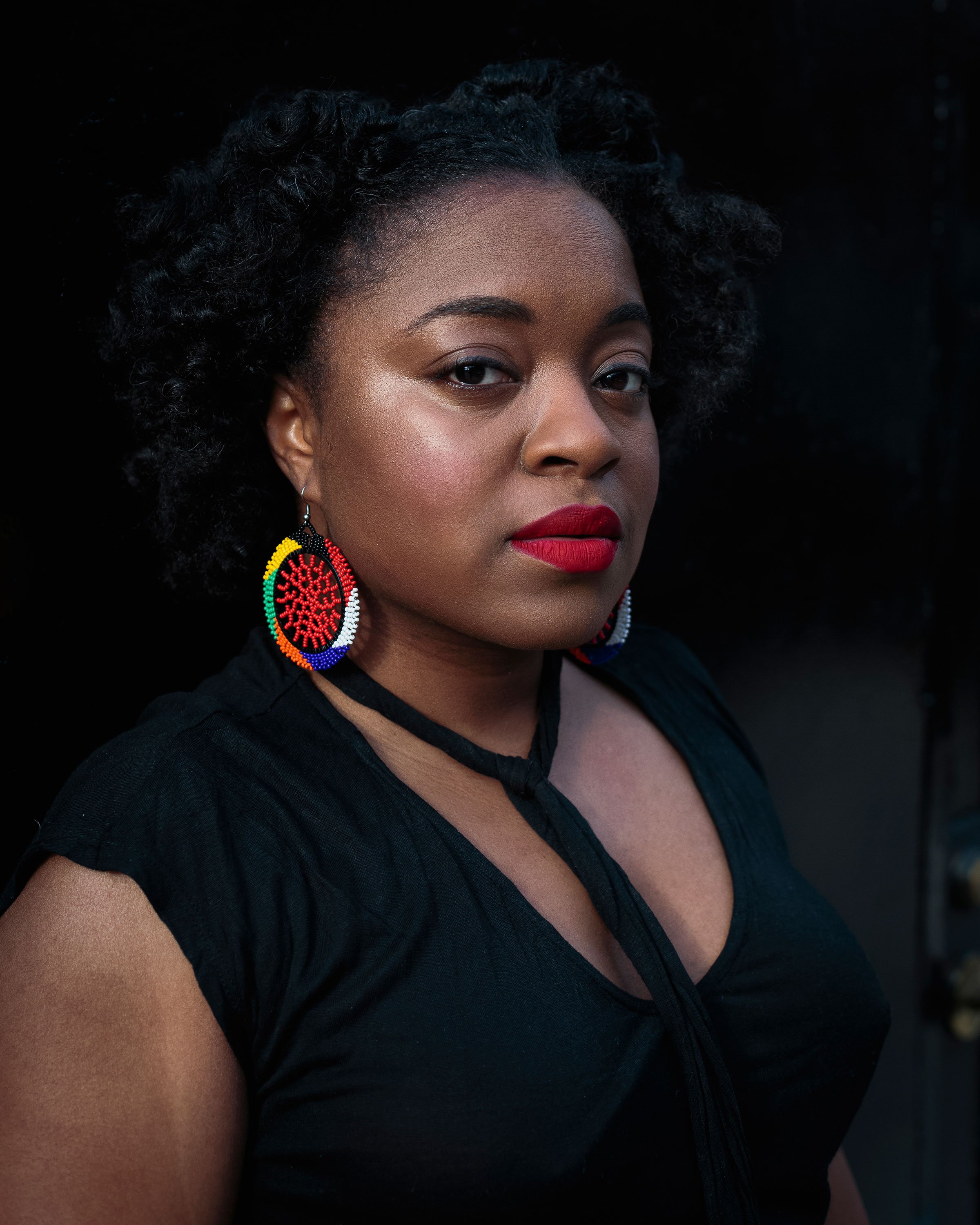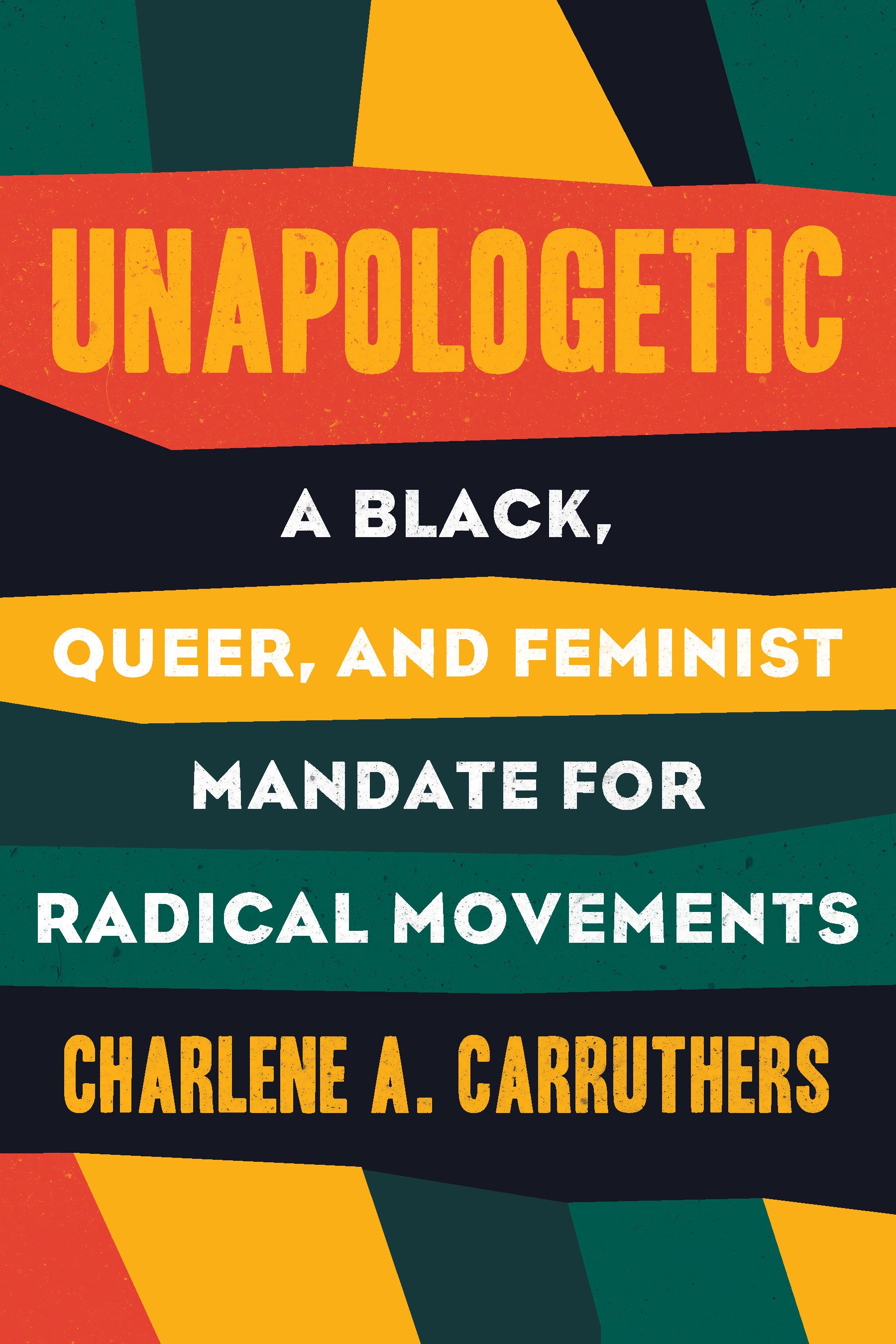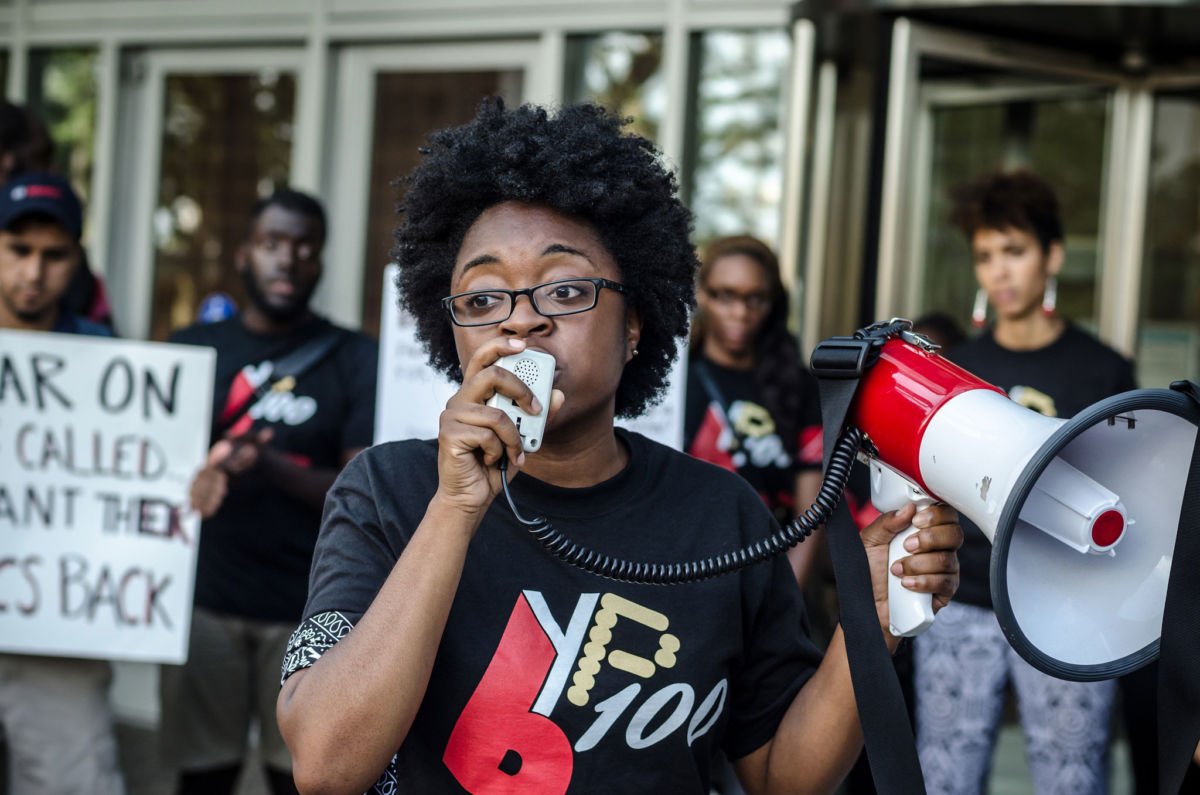Part of the Series
Progressive Picks
Unapologetic: A Black, Queer, and Feminist Mandate for Radical Movements is an important read for anyone wanting to know about the long history of the Black radical tradition and the Black feminists and LGBTQ people are often forgotten in its retelling. In this interview, author and organizer Charlene Carruthers discusses what it means to use a Black, queer, feminist lens to build movements, and how this lens is central to organizing effectively for collective liberation.
Samantha Borek: The concept of a “Black, queer, feminist lens” is introduced at the beginning of Unapologetic. What is a Black, queer, feminist lens and why is it such an important concept to understanding the book as well as movement building?
Charlene Carruthers: The Black, queer, feminist lens is an organizing praxis (theory and practice) rooted in radical Black feminist and LGBTQ traditions. In its simplest [form], it is a way to transform the way we do our work … for the sake of collective liberation. Like wearing a pair of glasses, it frames how I live my life and do my work. My goal was to make sure it also framed the book, whether I was using the term in the sentence or not. It is an aspirational politic, made possible by imperfect people. Much like our movements, I believe we need to give more room for growth, given all that we are up against.

You’re one of the founders of BYP100, an organization of Black youth activists. What are some of the goals of the group, and how does it situate itself in this history of Black radicalism?
BYP100 exists to develop young Black leaders who engage in various tactics toward the goal of collective Black liberation. It’s a political home for anti-capitalists, radical Black feminists, abolitionists, artists, educators and many more types of freedom fighters. The organization works in the legacy of radical Black organizations, such as the Student Nonviolent Coordinating Committee and the Combahee River Collective.

The history in Unapologetic is rooted heavily in place. The reader sees movements — from the civil rights movement of the South, to Ferguson, Missouri, to Burkina Faso, and more — but we always come back to Chicago and the radical movement work there. Why is that sense of place important in talking about movement building?
Place is where people connect experiences and meaning. For many of us, it isn’t about just one place. Home can be anywhere, especially when forces of capitalism, anti-Black racism and patriarchy consistently uproot people from the homes they would otherwise choose to remain in. And at the same time, we have to recognize that there are people and institutions holding power over where home is and can be for many of us. Our work has to be to transform that reality. I think about the nearly 200,000 Black people who left Chicago in a 10-year period between 2000 and 2010. We have to really understand why and do the work to end mass displacement across the globe.
The book discusses how to address injustice when members or leaders of movements harm each other. Why is it important to focus on healing justice, and what can that look like?
We are all living under entrenched systems of capitalism, anti-Black racism and patriarchy. As a result, many of us are trying to uproot and transform these systems — while [sometimes] experiencing and doing harm [ourselves]. Healing justice offers us a viable alternative to what we’ve known to be true (e.g. punishment, violence and harm) in so many instances. It recognizes that we are going through things, our ancestors have gone through things, and that repair and accountability are necessary. Healing justice can’t be an add-on; it has to become central to our strategy.
Join us in defending the truth before it’s too late
The future of independent journalism is uncertain, and the consequences of losing it are too grave to ignore. We have hours left to raise the $12,0000 still needed to ensure Truthout remains safe, strong, and free. Every dollar raised goes directly toward the costs of producing news you can trust.
Please give what you can — because by supporting us with a tax-deductible donation, you’re not just preserving a source of news, you’re helping to safeguard what’s left of our democracy.
